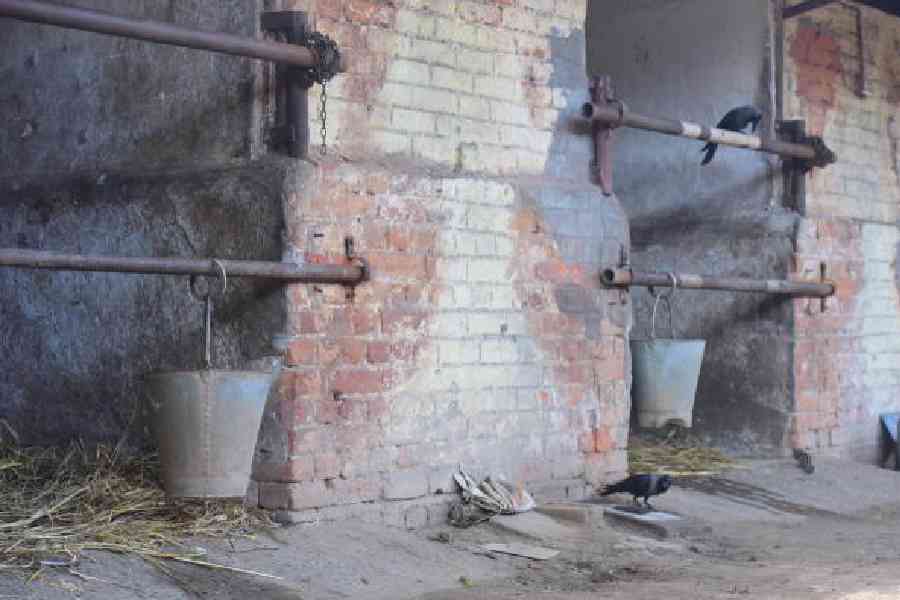Horse racing is integral to Calcutta, though the first races in India most likely happened in Madras in the late 18th century. In the early 19th century, racing began at the behest of the now-defunct Bengal Jockey Club. Races happened at Akra, a locality in Calcutta’s Garden Reach. These tracts were narrow; barely four horses could run a race side by side. In 1809, the racing venue shifted from Akra to its present-day venue, Maidan in central Calcutta.

Today, the city has two big stables — one at the Royal Calcutta Turf Club or RCTC at Maidan and another on Bakery Road at Hastings. The latter accommodates up to 400 horses, while RCTC has space for 250, says a senior trainer who does not want to be named.
The horses, all thoroughbreds, come from stud farms. At these farms, race winners (mares) are mated with imported stallions after they retire. Buyers, mostly business families, pick and buy horses from these farms and send them to a stable of their choice when they are two years old. A thoroughbred can cost anything from
Rs 5 lakh to Rs 1 crore.

The stables are basically boarding houses for horses. The owner pays for the upkeep and training, and earns a profit when his or her horse wins a race. After three to four months of training, the horses start racing. They participate in races till they are about eight years old.
Calcutta’s racing calendar is somewhat like this. July to February racing season. (This year, races have been delayed apparently by the rains.) April to June many horses move to Bangalore. They travel in floats or specially designed buses. One float can accommodate at most six horses.
Racing in Bangalore takes place from mid-May to mid-July. The equestrian visitors from Calcutta are allowed to participate on the basis of ratings alone.

How are the horses rated? In every race, the animal has to carry a certain amount of weight on its back. If it wins, it is “penalised” with more weight for the next race. “Penalise” in racing jargon means a horse has to take on a new challenge. By end-July the horses are back in Calcutta. During peak season there are over 650 horses in Calcutta.
And what happens to them once their racing career is over? “Many stallions go on to play polo,” says Arati Doctor, who is a senior trainer. “Others are taken away by army schools or the mounted police division of Calcutta and they work for another five or six years. I have sent six horses to a boarding school in Siliguri recently; they will be used to teach children how to ride,” she adds.

When horses die, there are no comets seen. No one wants to go on record about their general fate once they cease to be creatures one can bet on.
For now, however, the horses are back in the city. Handsome creatures with shiny coats and names like Prosperous Prince, Thousand Words, Angel Light and so on. Soon they will be galloping down the race course, raising dust, hopes and big bucks.










